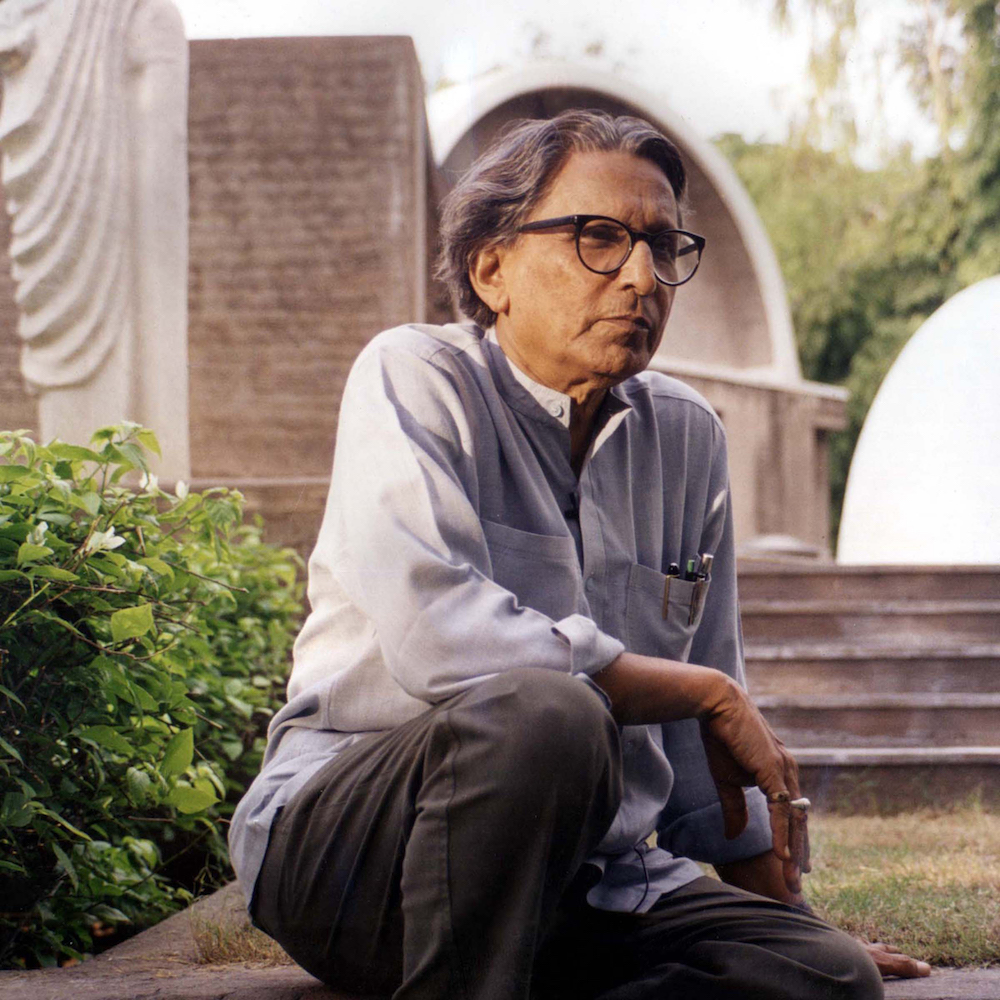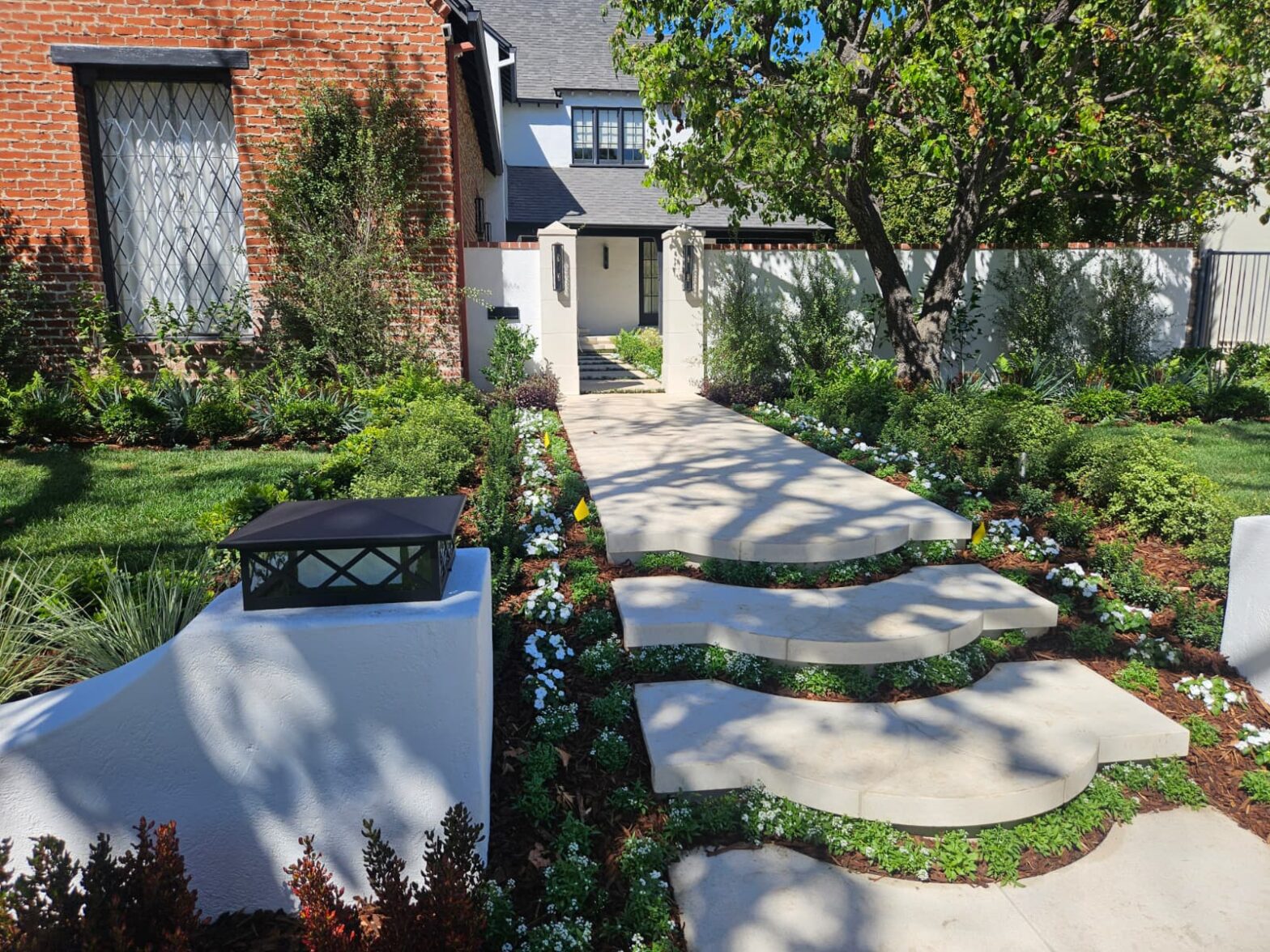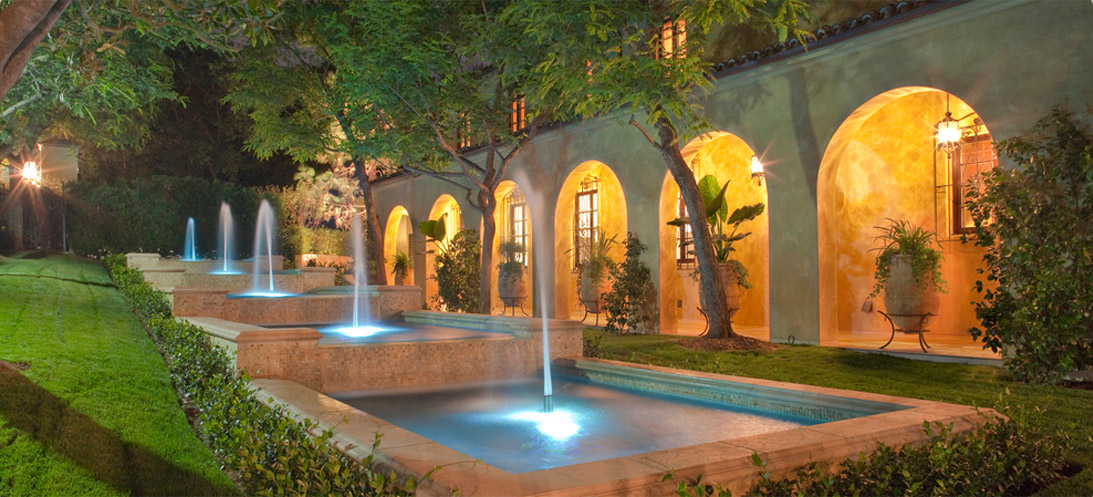
“One is all the time looking at financial returns — that is not only what life is. I think wellness is missing.”
Balkrishna Doshi, Architect
Balkrishna Doshi has become the 45th laureate of architecture’s highest honor, the prestigious Pritzker Prize. He is also the first laureate from India. The Pritzker Prize is bestowed upon a living architect or architects whose work clearly demonstrates talent, vision, and commitment, which has produced significant contributions to humanity and the built environment through the art of architecture.
Mr. Doshi started his architectural career in 1947 at the Sir JJ School of Architecture in Mumbai. During the 1950’s he contributed to the work on Chandigarh, which was an experimental modernist city 150 miles north of New Delhi. He continued his work on the Mill Owners’ Association Building in 1954 and other projects in the Ahmedabad region, to include the Sarabi House in 1955. In 1956, he founded his practice Vastushilpa, which now has five partners and 60 employees. In the early 1960’s, Dr. Doshi worked on the Indian Institute of Management in Ahmedabad, where he was an associate of Louis Kahn for the project. His work has consistently drawn on the grandeur of Indian history and culture, reflecting the essence of local materials, busy city streets and the splendor of Indian shrines and temples. Mr. Doshi has always had a certain vision for his projects. He strongly feels that architecture is not static, but a living organism. Never intended to be iconic structures, his projects were intended to be miniature societies that residents can easily expand over time.
“What is the role of an architect today? Are we going to be a service provider working for a client, or are we going to be useful to the society at large?”
Balkrishna Doshi, Architect
He has been driven by the larger issues of sustainability and social good throughout his career. Mr Doshi feels that today’s architecture is a culture and profession focused strictly on the bottom line of projects. Instead, he feels strongly that architecture should focus on wellness throughout the design. Considerations of living life at your own pace and how we should connect with silence should be incorporated into designs.
The Pritzker jury commented in their citation that housing as shelter is but one aspect of these projects. The entire planning of the community, the scale, the creation of public, semipublic and private spaces are a testament to his understanding of how cities work and the importance of the urban design.













